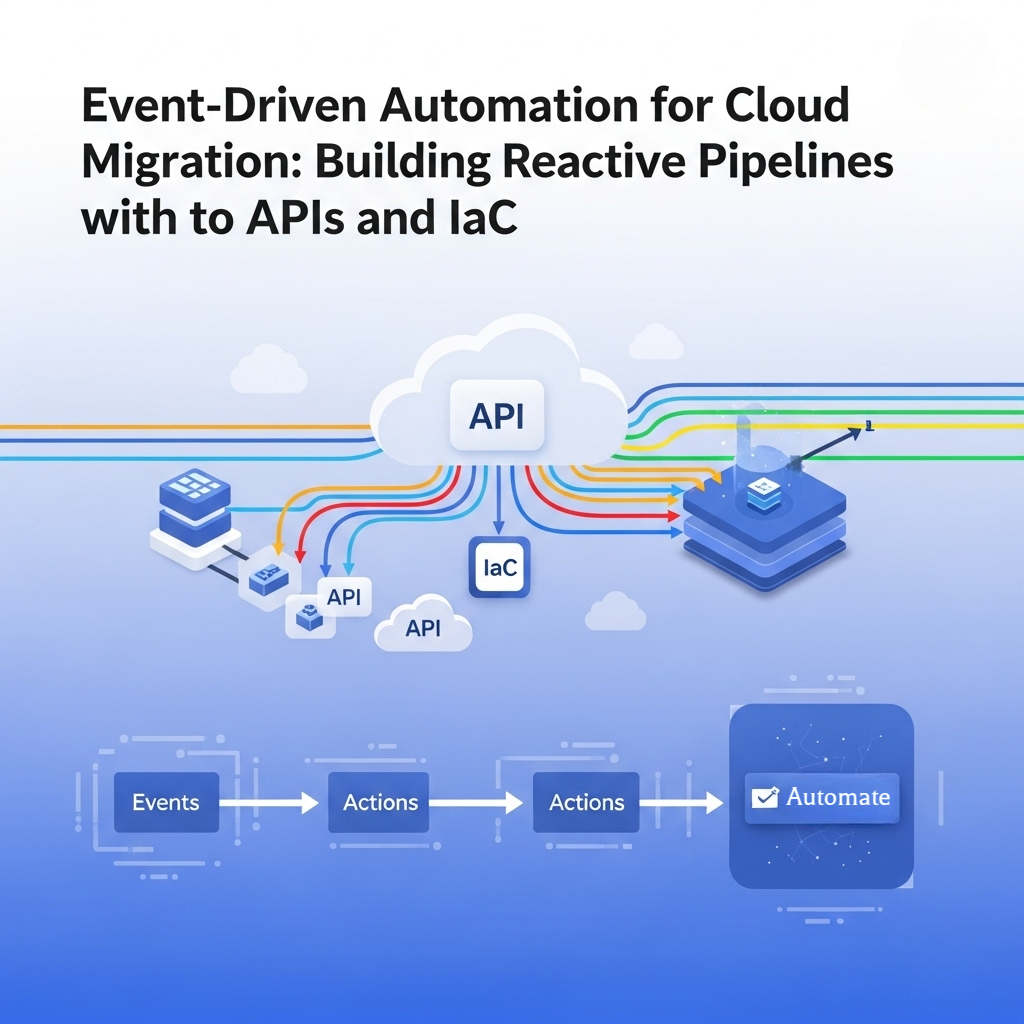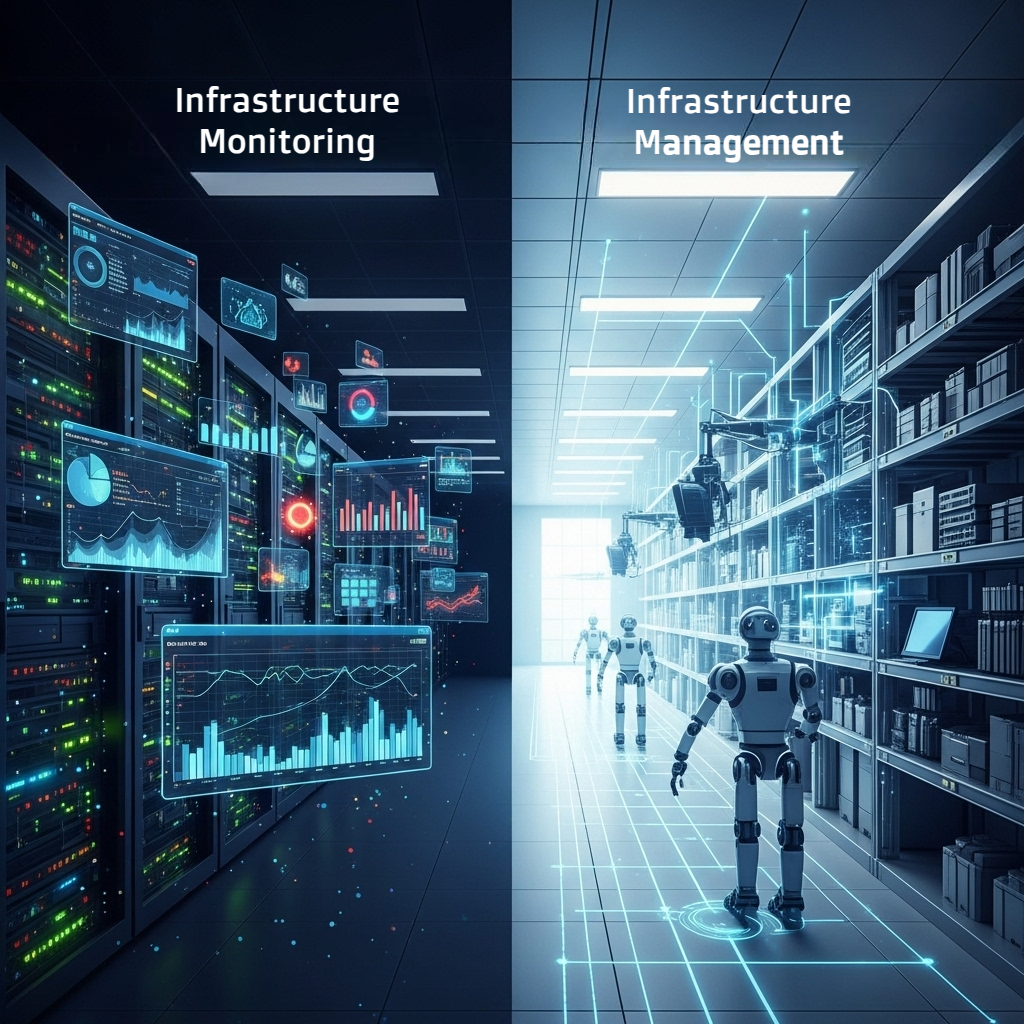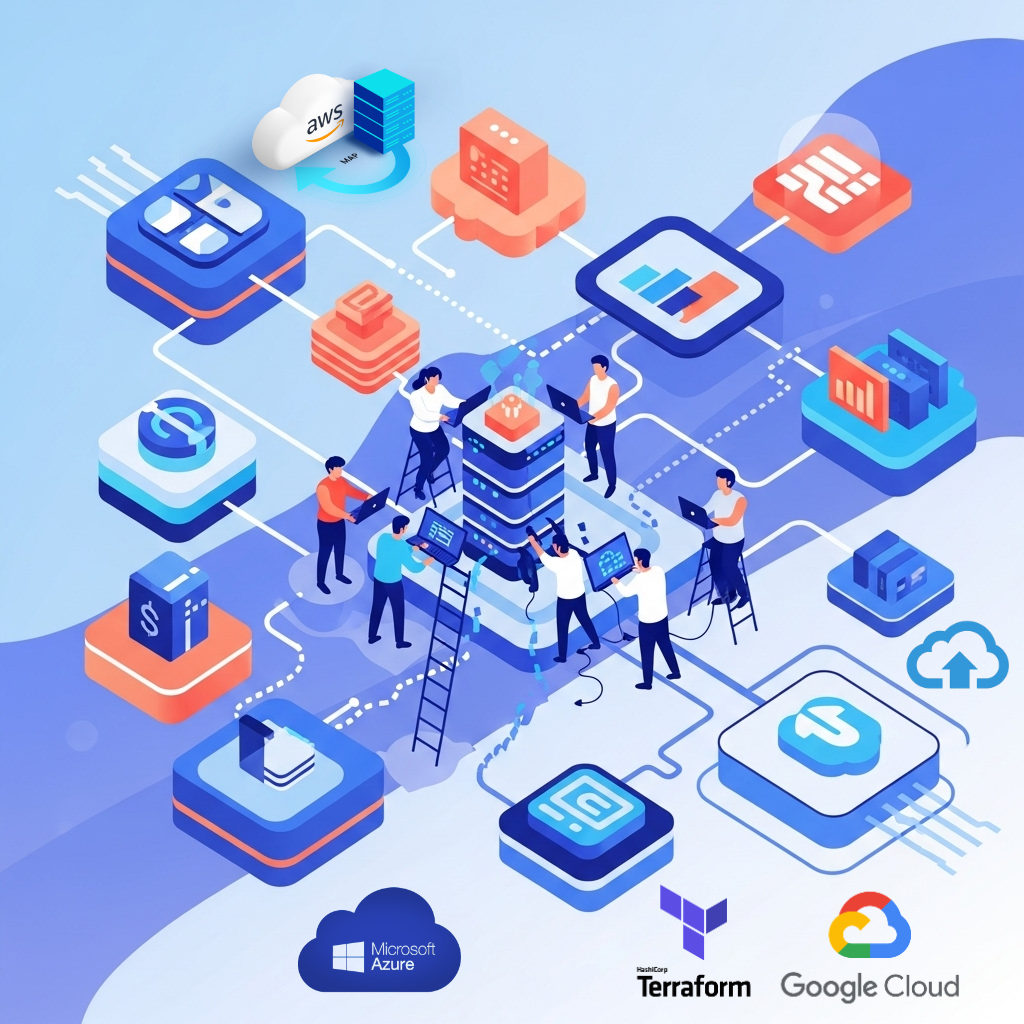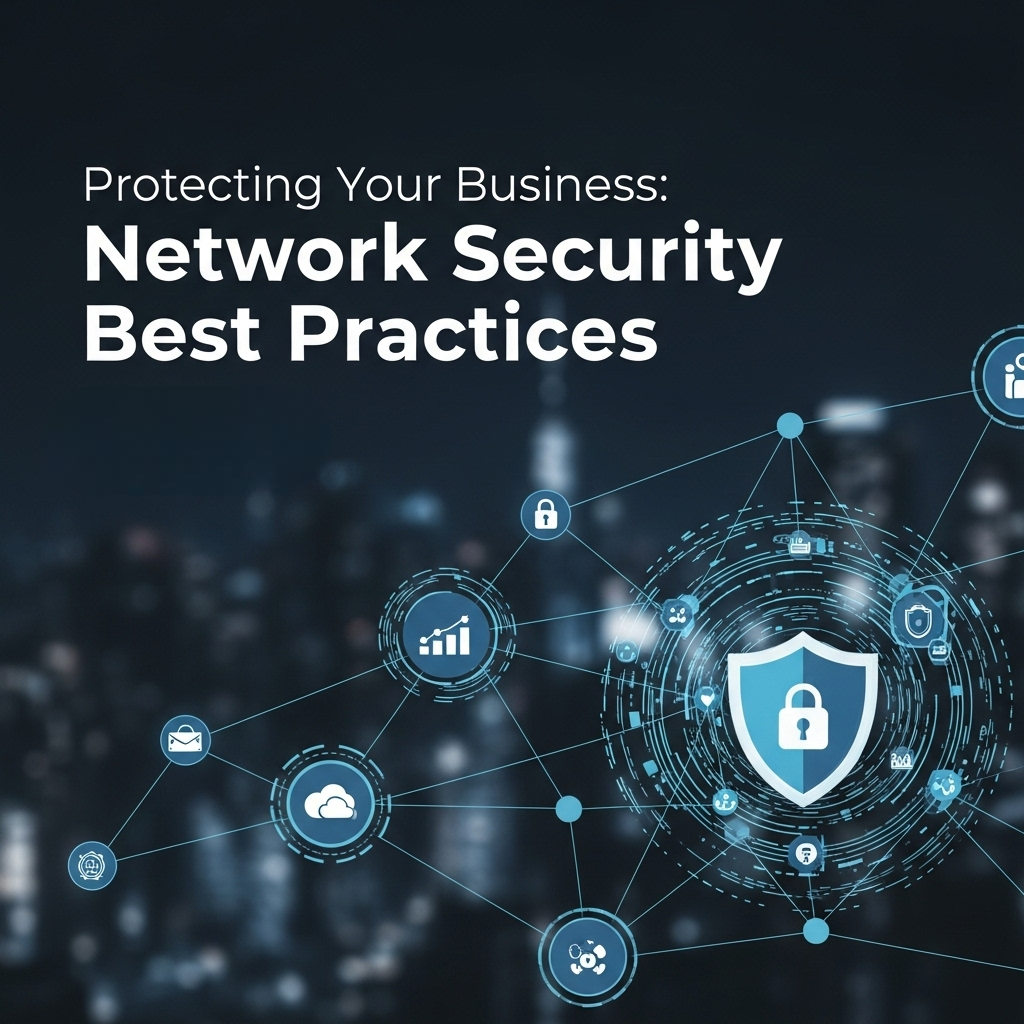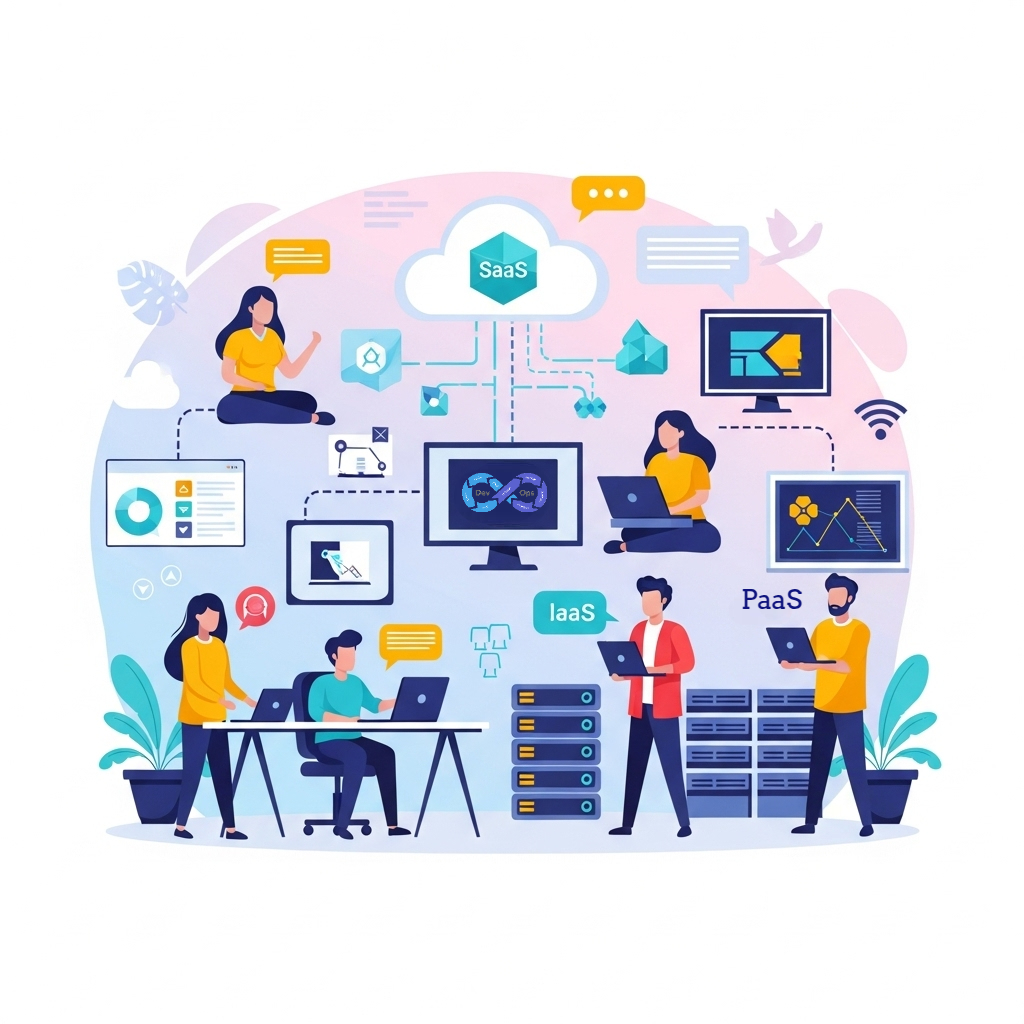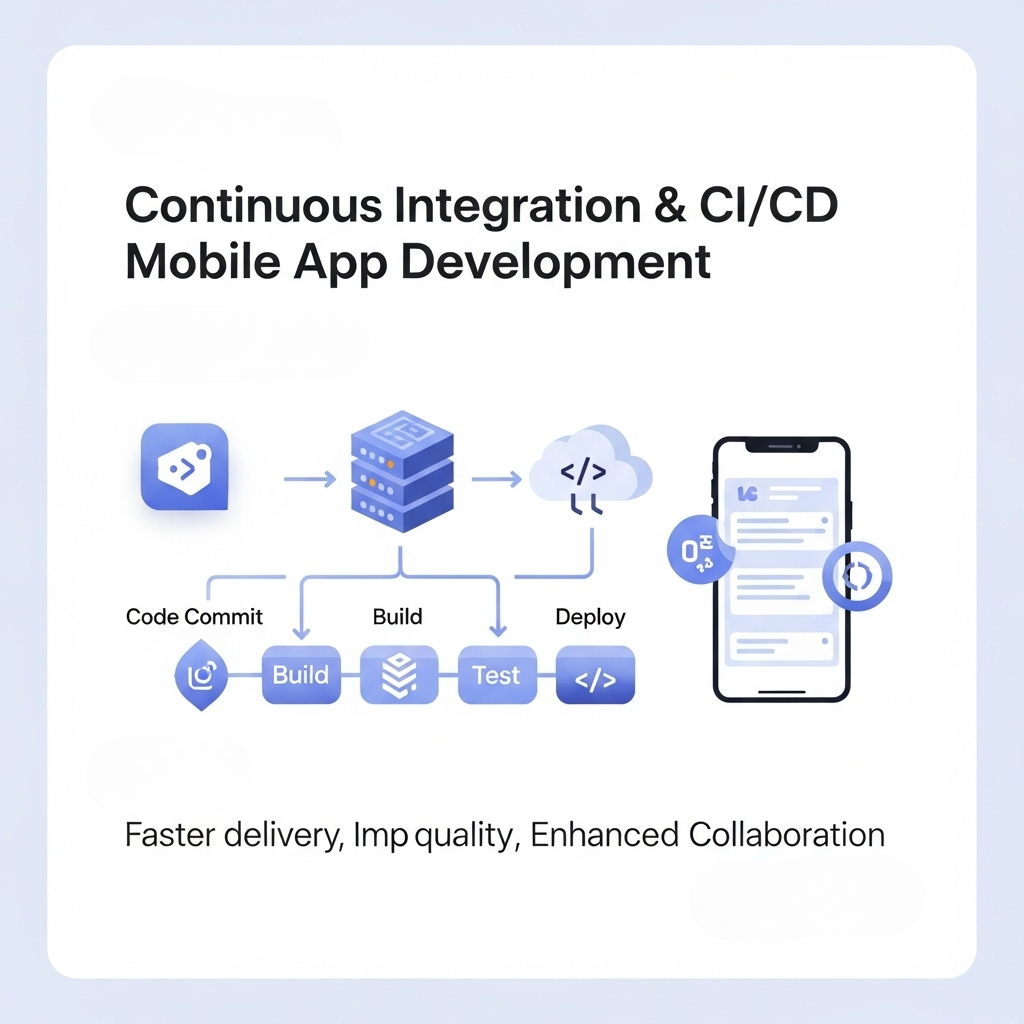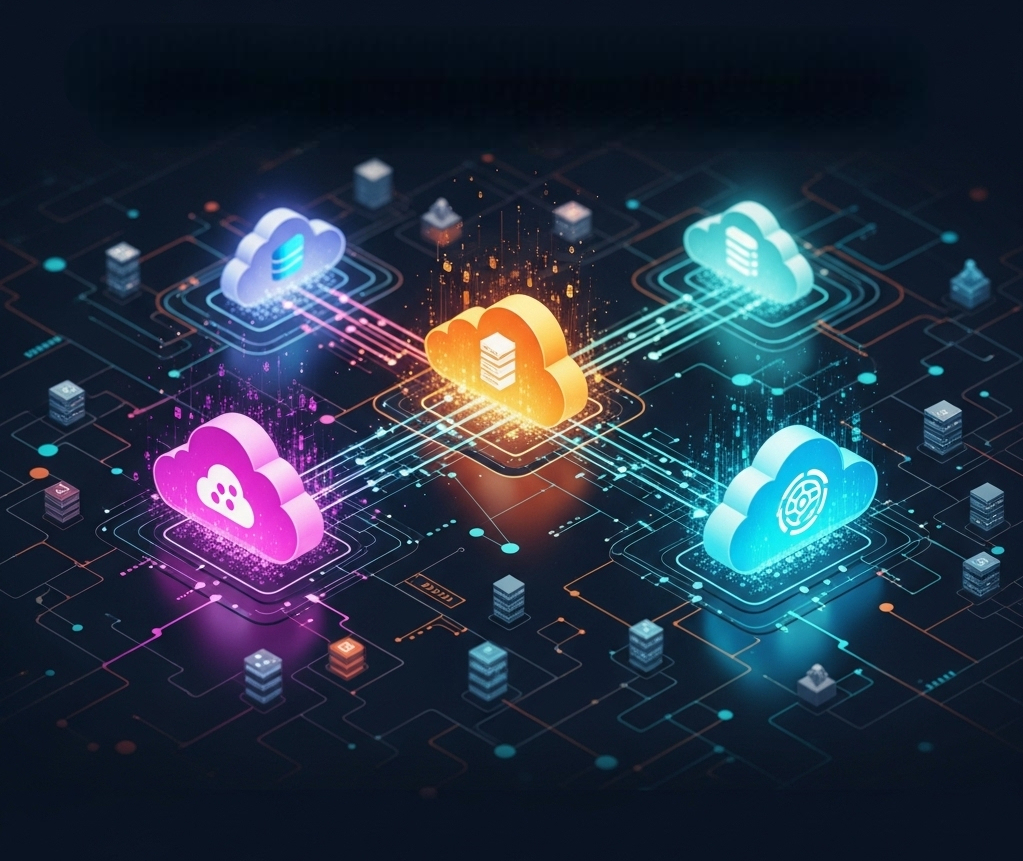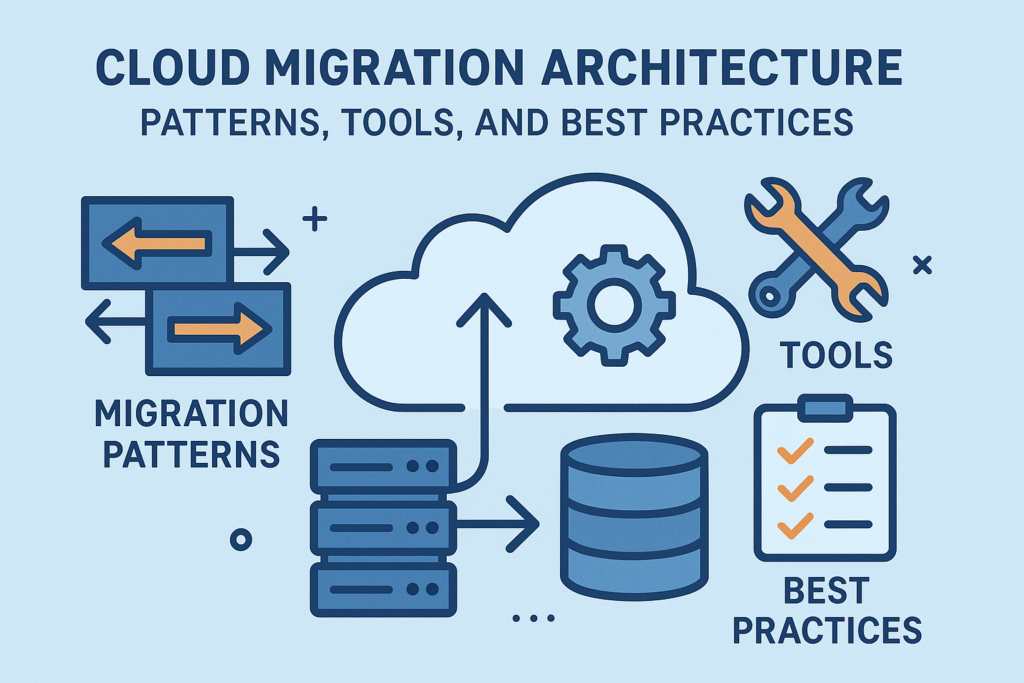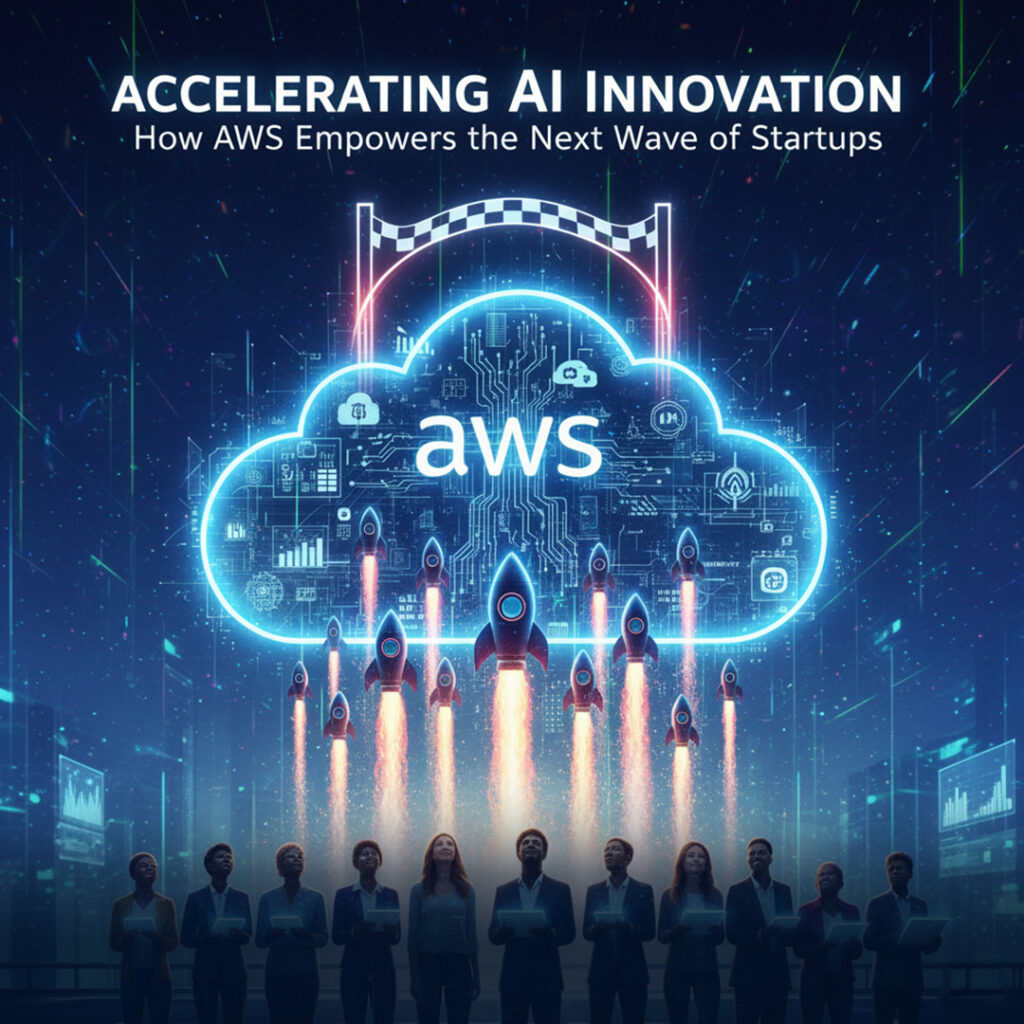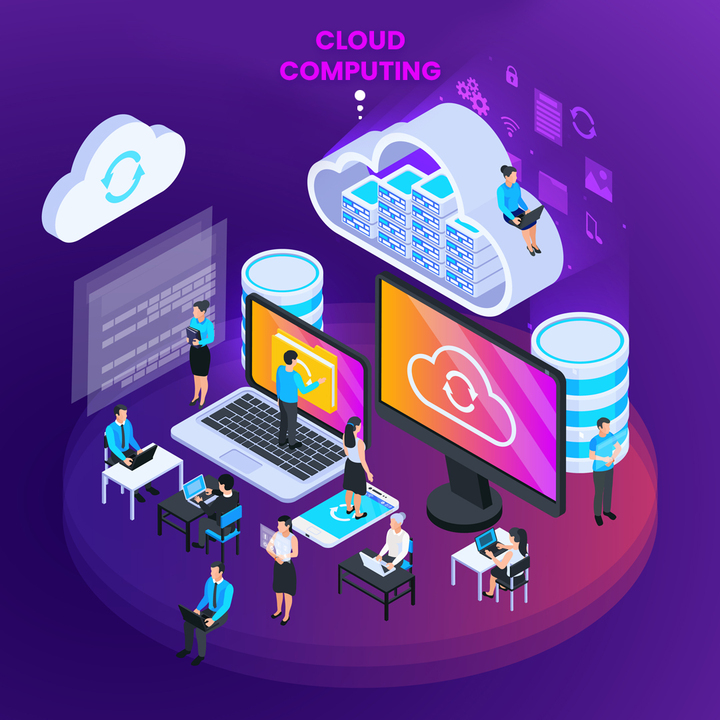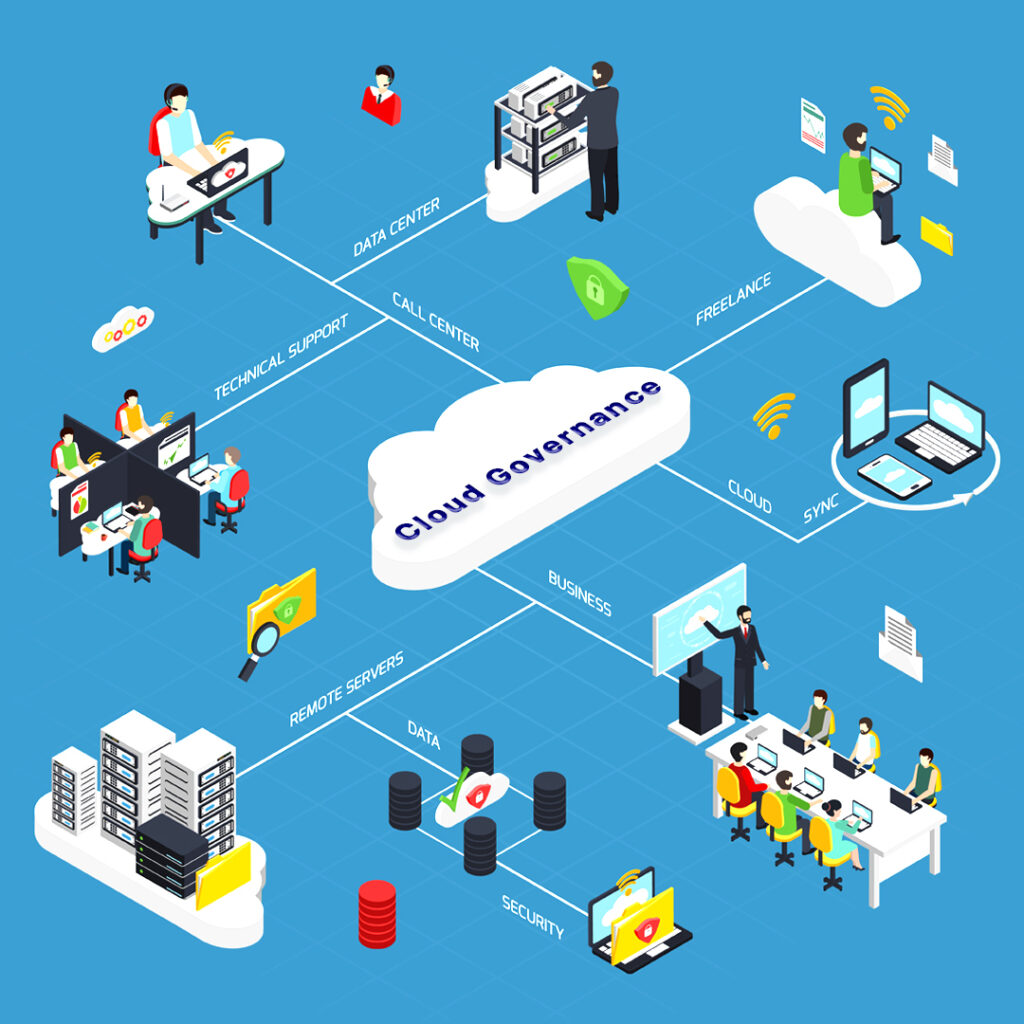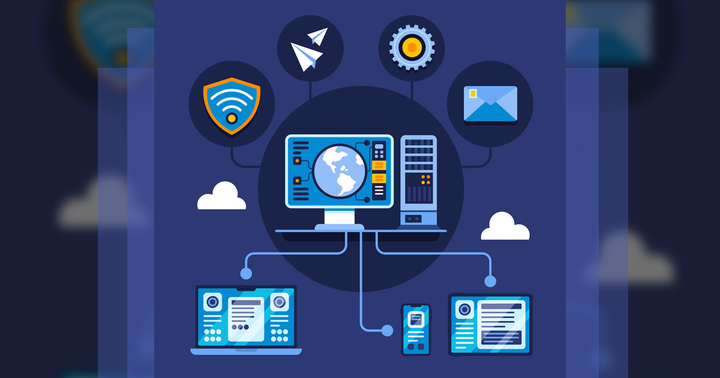
Technical Roadmap for Developers in 2025: From Real-Time Streaming to Platform Deployment
In today’s cloud first world, you must design systems that handle data continuously and at scale. Building real time systems in 2025 is not just about picking a stream processing library; it is about thinking in streams at every layer, from client ingestion to distributed processing to production grade deployment. The technical choices you make today determine how quickly you can iterate, how observable your system is, and how well it survives real world incidents.


